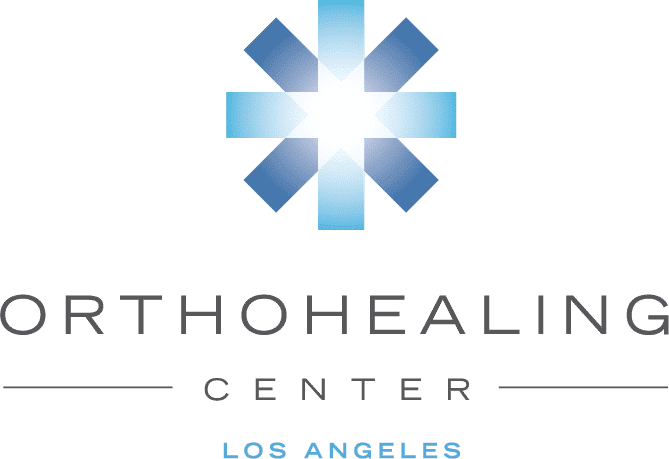So you suffer from chronic knee pain? Maybe your knees get extra sore after a workout? Maybe your knees ache when you wake up? Well, that pain and stiffness may be caused by an old injury, arthritis, tendinitis, and many others injuries, but either way, there is one factor amongst all types of knee injuries that causes increased pain and can lead to further injury: Muscle and tendon tightness.
Knots and tension in the muscles surrounding the knee can cause the knee joint to glide and slide in abnormal ways, which increases knee strain, risk of injury, and can even cause injuries in other parts of the body due to compensation. Massage therapists, physical therapists and personal trainers have been trying to rub out your knots for years, and have made a pretty good living doing it, but there is a way you can help yourself.
In association with Equinox and their Rx Series workout class, Jim Miller crafted “The Kneady Ball”. It is a variation of the many forms of what is called, Self Myofascial Release (SMR). SMR has been a staple in many professional sports teams’ locker rooms for Pre/Post -game tension release. It is often performed with a cylindrical foam roller, however, “The Kneady Ball” utilizes a round “Therapy Ball”, which resembles the shape and density of a tennis ball, and a yoga block. Think of the ball as a mini-iron for your muscles and tendons, ironing out the “wrinkles” or trigger points in the fascia surrounding the muscles, the muscle fibers, and the tendons, which connect the muscle to bone.
By placing the ball on top of the block and a leg muscle on top of the ball, you create a sort of sandwich with the tennis ball in the middle. With the force of gravity pushing your leg to the floor, the Therapy Ball digs into the muscle with more accuracy than the traditional foam roller, and can cause release of specific muscle tensions. By moving your leg forward, back, side to side, and even bending and straightening the leg, this technique allows you to seek and destroy your own trouble spots, while controlling the amount of pressure applied. It is best to find a tender location and hold each point for about a minute, then move to another point.
Top 3 Places You Knead To Roll:
- Quadriceps Tendon = This is where your Quad muscles come together, just before they reach the kneecap. By rolling this location, you not only decrease tension in the Quadriceps muscles, but also the Suprapatellar bursa, which is deep to the Quad Tendon. It can even help with proper tracking of the knee cap during joint movement.
- IT Band = The IT Band is a thick wide tendon running down the outside of the thigh. It can hold a lot of tension from muscle imbalances in the hip and knee joints. This can often be the most painful area to roll for many people, but it is very important in helping with multiple joint movements and functional biomechanics.
- Gastrocnemius = AKA the calf muscle. This is the main muscle of the lower leg that crosses the knee joint. Finding trigger points in the calf can help alleviate pain in the back of the knee, and can increase range of motion in the knee joint.
Don’t forget to stay connected on Facebook and Twitter (@orthohealingctr) for more health tips and great articles!
* The Orthohealing Center has not used “The Kneady Ball” in treatment, and patients should consult their primary care physician or physical trainer before attempting to use.



